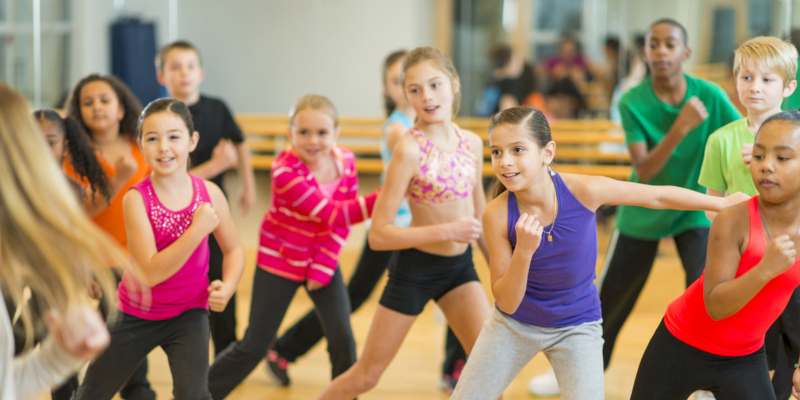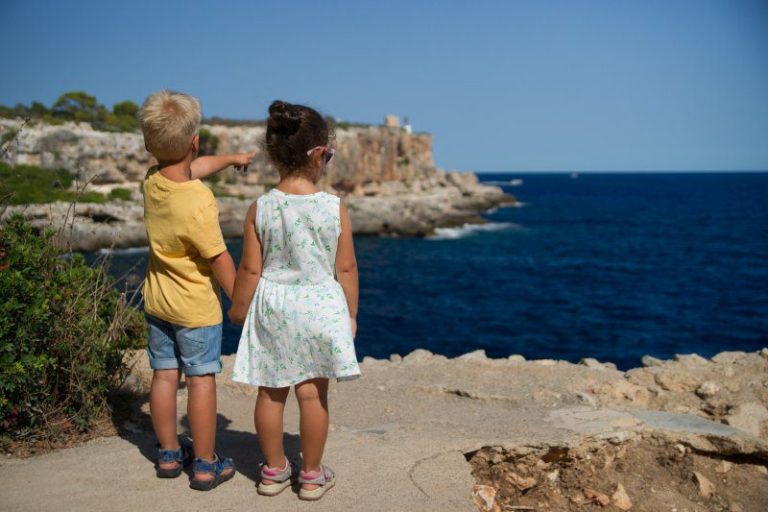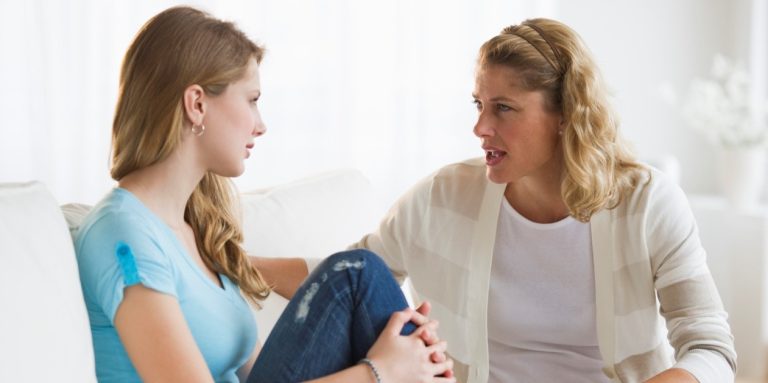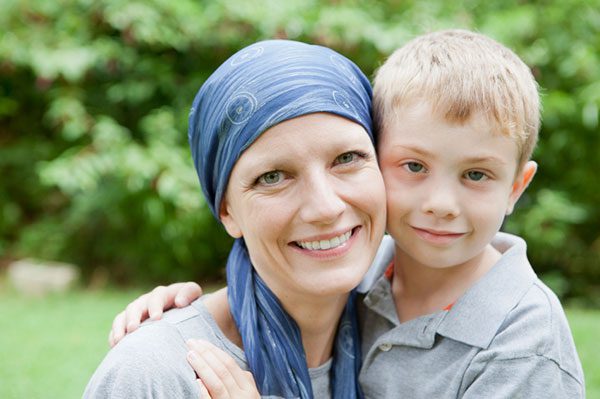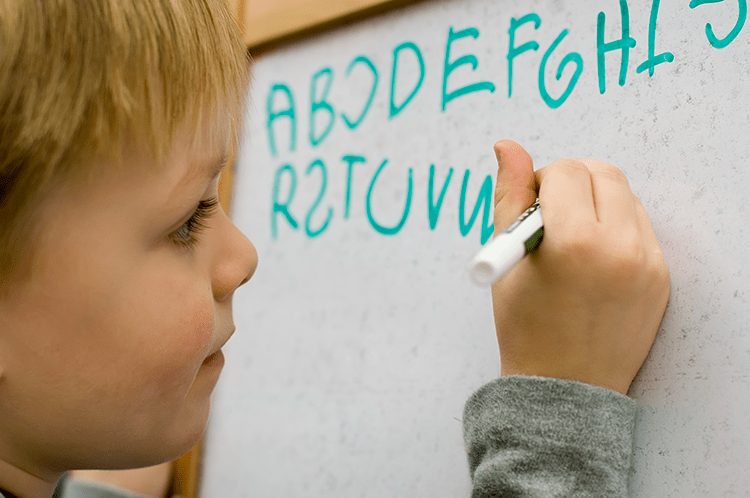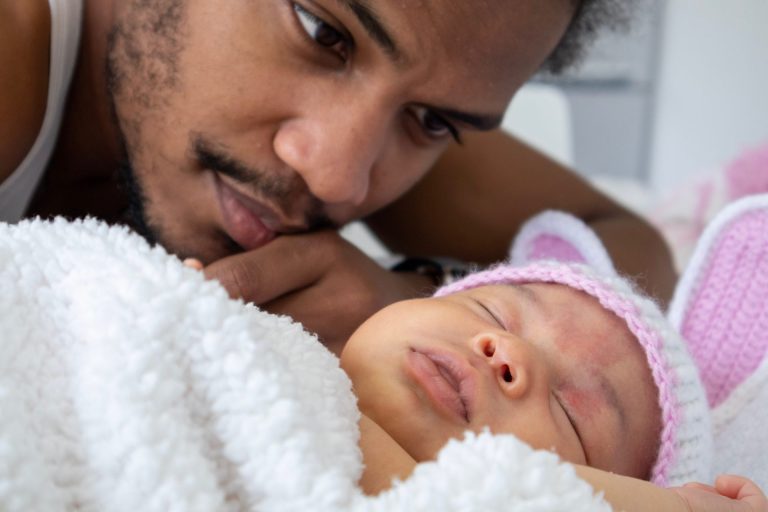How Dance Helps Kids Express Emotions Freely
Dance, a universal form of expression, transcends cultural and linguistic barriers. For children, it offers a unique medium to convey emotions that they might not yet have the words to describe. This physical and creative activity not only nurtures their emotional well-being but also fosters cognitive, social, and physical development. Here’s how dance helps kids express their emotions freely.
Emotional Expression Through Movement:
Children often find it challenging to articulate their feelings. Dance provides an outlet for them to express a range of emotions, from joy and excitement to sadness and frustration. The fluidity of movement in dance allows kids to embody their emotions and release pent-up feelings in a healthy and constructive way. This form of non-verbal communication is particularly beneficial for younger children who might struggle with verbal expression. Through dance, they can explore and understand their emotions better, which contributes to emotional intelligence and self-awareness.
Building Confidence and Self-Esteem:
Participating in dance can significantly boost a child’s self-confidence and self-esteem. Mastering new dance moves and performing in front of others instills a sense of achievement and pride. This confidence extends beyond the dance studio, positively impacting other areas of their lives, such as academic performance and social interactions. When children feel good about themselves, they are more likely to express their emotions openly and engage with their peers in a healthy manner.
Social Interaction and Emotional Support:
Dance classes create a supportive community where children can form strong social bonds. These interactions provide emotional support and foster a sense of belonging. Group dance activities, such as partner work or ensemble pieces, require children to collaborate and communicate, further enhancing their social skills and emotional connections. Through these shared experiences, children learn to express their emotions in a safe environment and understand the importance of emotional support and cooperation.
Stress Relief and Emotional Regulation:
Dance is an effective stress-reliever, helping children to manage anxiety and emotional stress. The physical activity involved in dance triggers the release of endorphins, which are known to improve mood and reduce stress levels. Additionally, dance teaches children emotional regulation techniques. Learning to control their movements in dance can translate to better emotional control in their daily lives. According to a study by Karkou and Meekums (2017), dance therapy can significantly reduce symptoms of anxiety and depression in children.
Encouraging Creativity and Imagination:
Dance encourages children to use their imagination and be creative. This creative freedom allows them to explore their emotions in a unique and personal way. Whether it’s through choreographing their own dances or interpreting music through movement, children can express their inner thoughts and feelings creatively. This imaginative exploration is crucial for emotional growth, as it helps children to process their experiences and emotions.
In conclusion, dance is a powerful tool for emotional expression and development in children. It enhances emotional intelligence, builds confidence, fosters social connections, relieves stress, and encourages creativity. By providing children with the opportunity to express their emotions through dance, we support their overall emotional and psychological well-being.
If you think that you can benefit from professional support on this issue you can reach out here.
Mandy Brincat is a Gestalt psychotherapist who enjoys working therapeutically with adults on various issues. These include general mental health and wellbeing. She also has experience working with anxiety, victims of domestic violence and eating disorders.
References:
- Malchiodi, C. A. (2015). Creative Interventions with Traumatized Children. Guilford Press.
- Karkou, V., & Meekums, B. (2017). Dance Movement Therapy for Children and Young People with Medical Conditions. Cochrane Database of Systematic Reviews.

